Discover the vibrant world of vegetables that begin with the letter V! From versatile favorites to unique finds, these veggies can add a splash of color and nutrition to any meal. Join us as we explore the delicious and interesting vegetables that start with V, perfect for inspiring your next shopping list or garden planting!
1. Verdolaga (Purslane)

Purslane, also known as Verdolaga, is a small leafy green vegetable with juicy, succulent leaves and stems. It’s popular in salads and as a garnish in many cuisines.
Nutrition (per 100g):
- Calories: 16 kcal
- Key nutrients: Omega-3 fatty acids, Vitamin C, Magnesium
- Fiber: Good source
- Contains antioxidants that help reduce inflammation
How to Use: Best enjoyed raw in salads or lightly sautéed as a side dish.
Diet Compatibility: Low-calorie, keto-friendly; pairs well with lemon juice or olive oil.
2. Vidalia Onion

The Vidalia Onion is a sweet onion variety from Georgia, loved for its mild flavor. It’s perfect for raw applications but also enhances cooked dishes.
Nutrition (per 100g):
- Calories: 40 kcal
- Key nutrients: Vitamin C, B6, Manganese
- Fiber: Moderate
- Contains anti-inflammatory compounds
How to Use: Use raw in salads, sandwiches, or caramelize for toppings.
Diet Compatibility: Low-calorie; pairs well with balsamic vinegar or herbs.
3. Vigna Radiata (Mung Bean)

The mung bean plant produces tender pods and sprouts. Its beans are used in soups, salads, and desserts, especially in Asian cuisine.
Nutrition (per 100g):
- Calories: 105 kcal
- Key nutrients: Protein, Fiber, Vitamins B
- Rich in antioxidants
How to Use: Use sprouted mung beans in salads or cook the beans in soups.
Diet Compatibility: Vegetarian, gluten-free; pairs well with rice or noodles.
4. Vine Spinach (Basella alba)
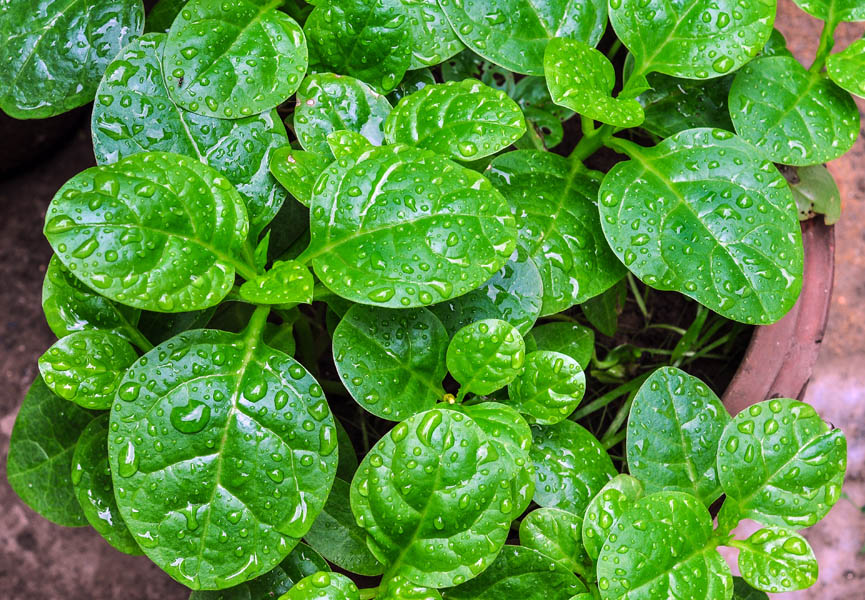
Vine Spinach, also called Malabar Spinach, has thick, green or purple stems and leaves. It’s a popular leafy green in tropical regions.
Nutrition (per 100g):
- Calories: 19 kcal
- Key nutrients: Vitamins A, C, Iron
- High in fiber and antioxidants
How to Use: Cook in soups, stews, or sauté as a side.
Diet Compatibility: Low-calorie; pairs well with garlic and chili.
5. Violet Cauliflower

Violet Cauliflower is a colorful variety with vibrant purple florets. It has a slightly sweeter flavor compared to white cauliflower.
Nutrition (per 100g):
- Calories: 25 kcal
- Key nutrients: Vitamin C, K, Folate
- Contains antioxidants, including anthocyanins
How to Use: Roast, steam, or add raw to salads for color and nutrition.
Diet Compatibility: Low-calorie and keto-friendly when cooked simply.
6. Violet de Provence Artichoke
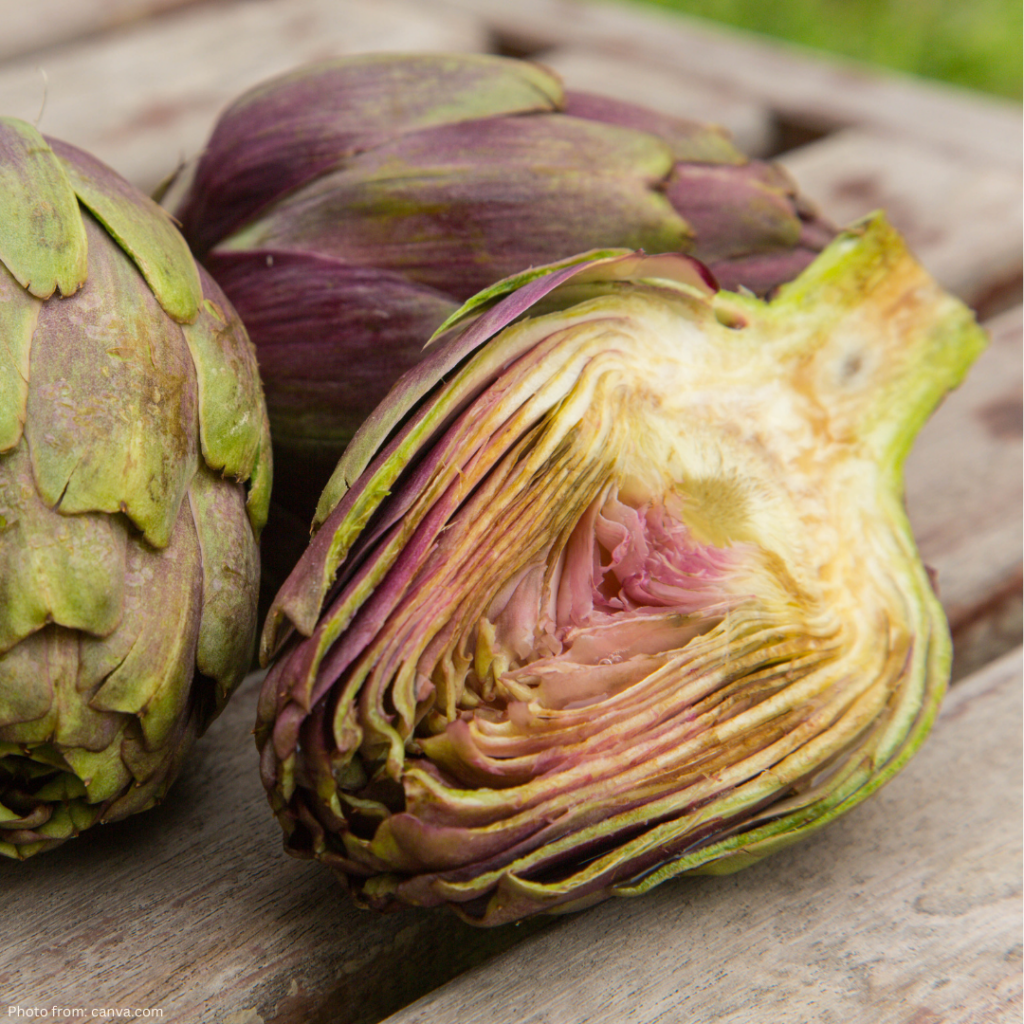
This variety of artichoke has striking purple leaves and a tender heart. It’s prized for its rich flavor and versatility.
Nutrition (per 100g):
- Calories: 53 kcal
- Key nutrients: Fiber, Vitamin C, Magnesium
- Contains antioxidants that promote health
How to Use: Boil, grill, or stuff the hearts in Mediterranean dishes.
Diet Compatibility: Suitable for low-calorie diets; pairs well with lemon and herbs.
7. Vitelotte Potato
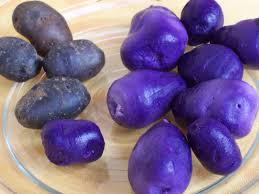
The Vitelotte is a purple potato variety with a striking color and nutty flavor. It adds visual interest to dishes.
Nutrition (per 100g):
- Calories: 80 kcal
- Key nutrients: Vitamin C, Potassium, Fiber
- Rich in antioxidants due to purple pigmentation
How to Use: Roast, mash, or fry as part of various recipes.
Diet Compatibility: Suitable for low-calorie diets; pairs well with herbs and butter.
8. Vivaldi Potato
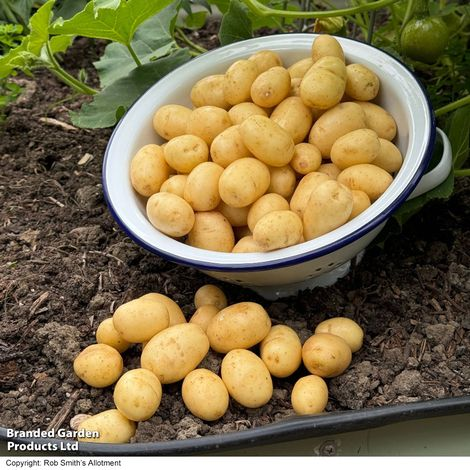
The Vivaldi Potato has yellow flesh and a smooth texture, great for boiling, mashing, or roasting.
Nutrition (per 100g):
- Calories: 77 kcal
- Key nutrients: Vitamin C, Potassium
- Provides antioxidants and fiber
How to Use: Ideal for salads, stews, or side dishes.
Diet Compatibility: Good for low-calorie and gluten-free diets; pairs with herbs and butter.
9. Vegetable Marrow

Vegetable Marrow is a summer squash with a mild flavor. It’s versatile for stuffing, frying, or soups.
Nutrition (per 100g):
- Calories: 17 kcal
- Key nutrients: Vitamin C, Manganese
- Contains antioxidants and fiber
How to Use: Slice and sauté, bake, or stuff with fillings.
Diet Compatibility: Low-calorie; pairs well with herbs, garlic, and olive oil.
10. Vegetable Hummingbird (Sesbania grandiflora)
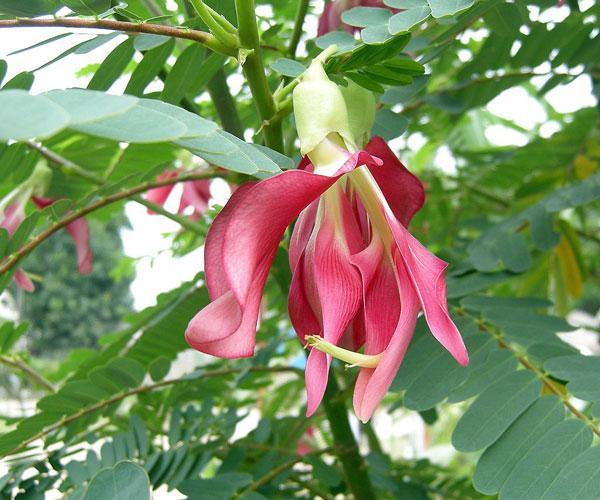
This plant’s young leaves and flowers are used in Southeast Asian cooking. It adds a unique flavor to salads and curries.
Nutrition (per 100g):
- Calories: 20 kcal
- Key nutrients: Vitamins A and C, Iron
- Contains antioxidants and anti-inflammatory compounds
How to Use: Eat raw in salads or cook in soups and stir-fries.
Diet Compatibility: Low-calorie; pairs well with spicy sauces and rice.

Jean Smith is a fitness enthusiast and blogger who focuses on fitness and a healthy lifestyle. She is passionate about assisting people in living healthier lifestyles and is constantly on the lookout for new and creative methods to stay fit and healthy. Her articles are excellent resources for anyone interested in improving their health and fitness.
